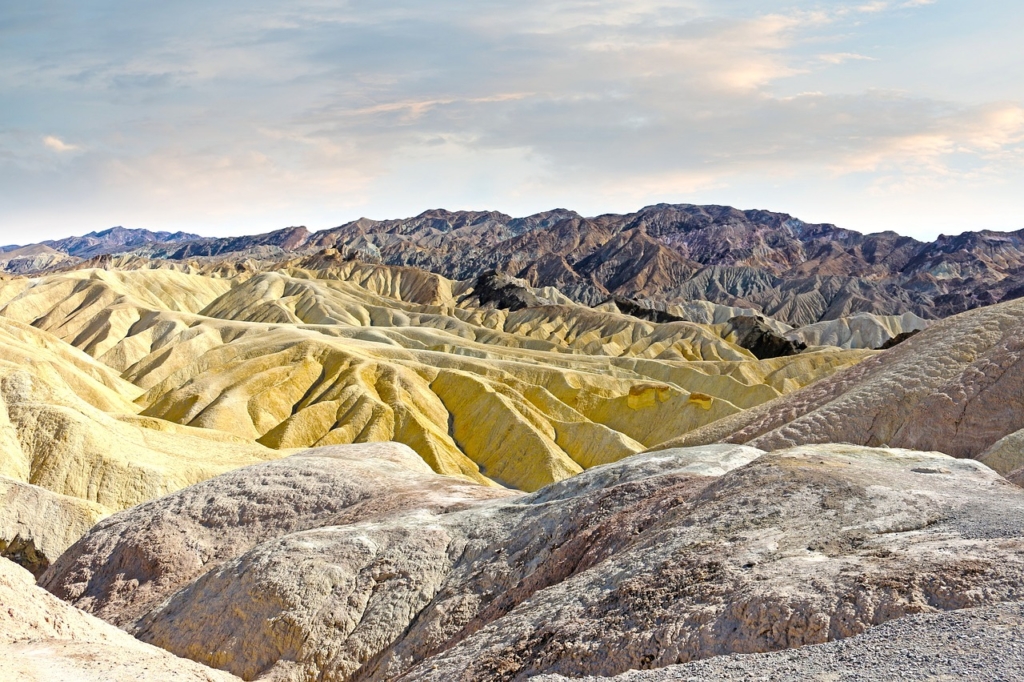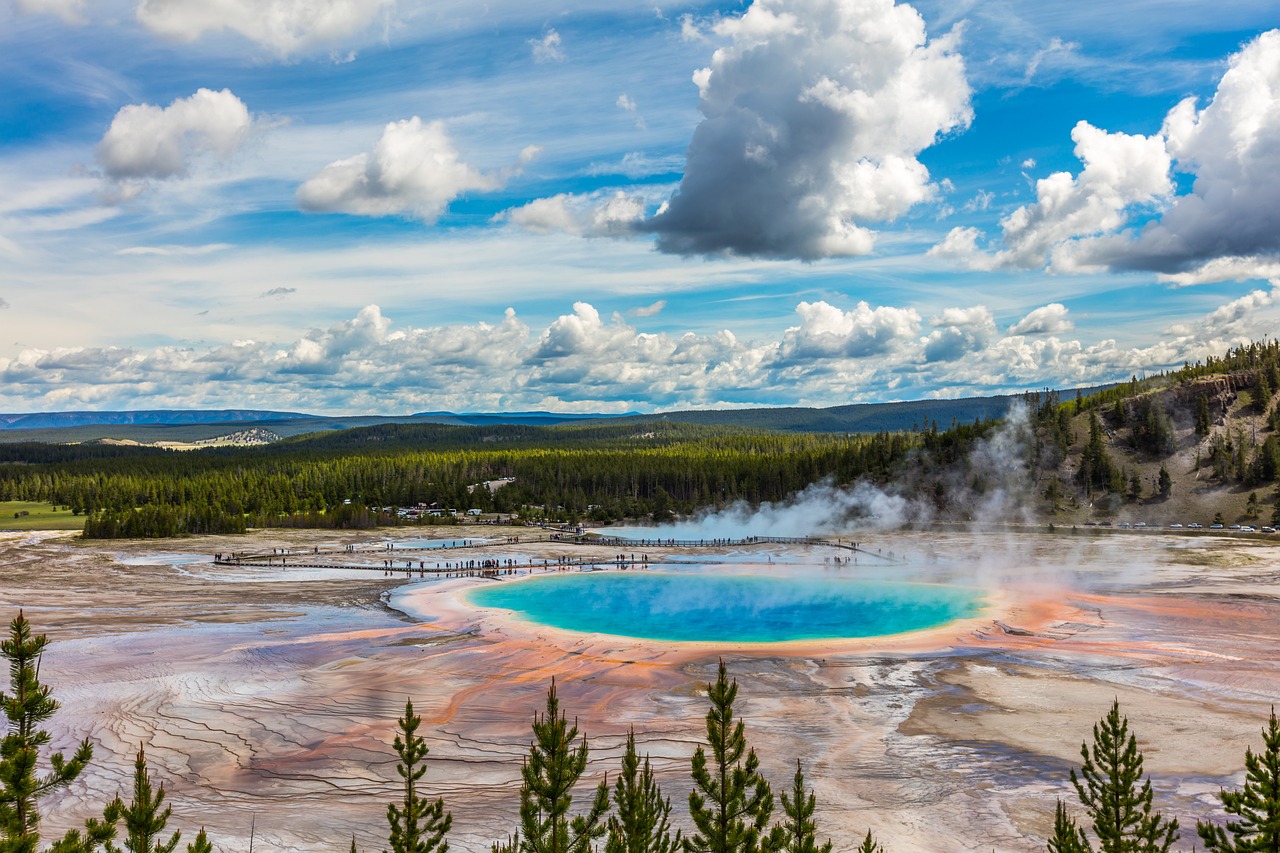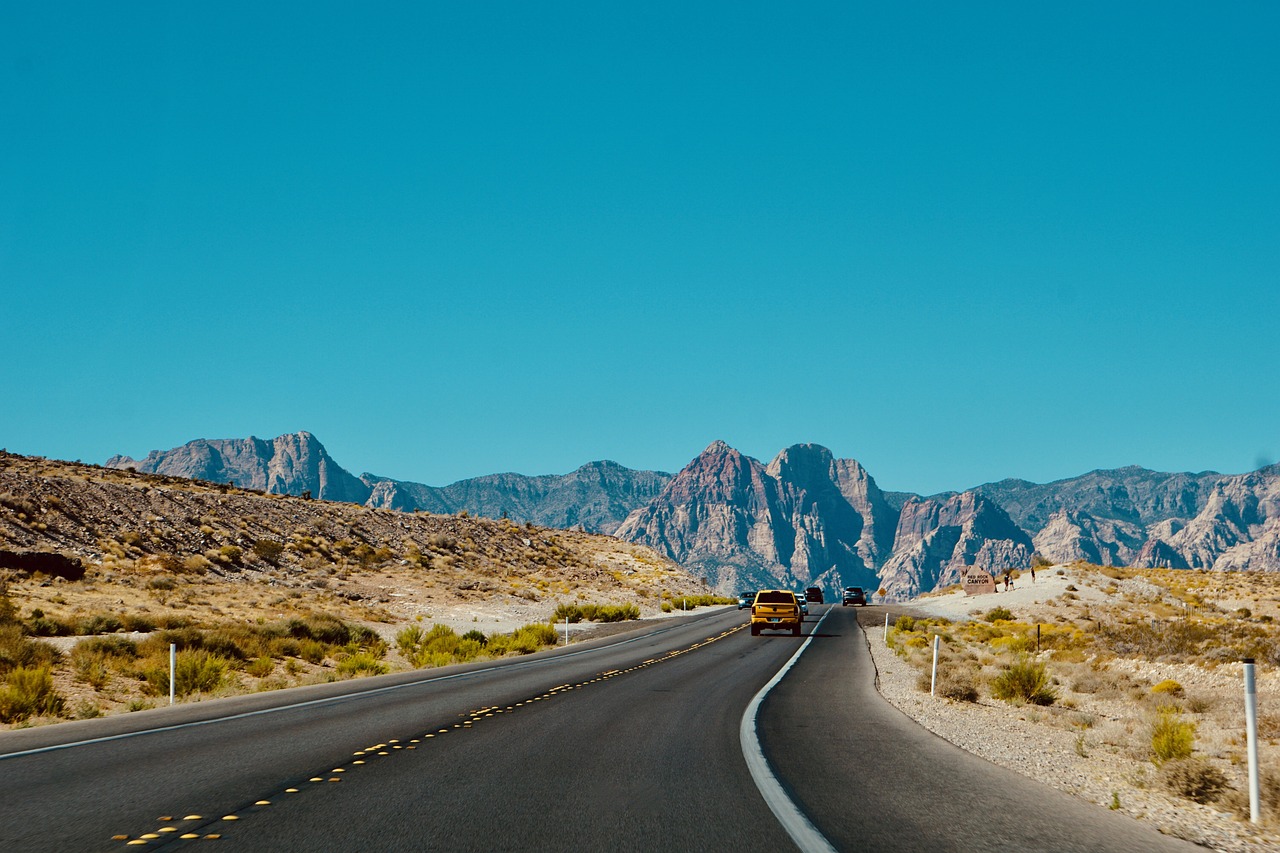Meeting Ed on a Journey to “City” in the Nevada Desert
Approximately 152 miles from Las Vegas, in Lincoln County, Nev., I meet Ed. He works for the artist Michael Heizer at “City,” Heizer’s megalithic land-art sculpture, which is a mile and a half long, located in a remote stretch of the Nevada desert.
I’m on this ride as a cultural commentator for the Nevada Independent. Ed is our driver and guide for the day, conversing with the six guests on the trip. He is affable and charming, with the sort of high-desert kindness that wizened white men in Mormon country possess.
In between bouncing in and out of his Chevy Tahoe, Ed looks at my feet and remarks: “Those are a mighty fine pair. I’ve got a few at home. I oughtta drag ’em out.” Ed is, of course, referring to my cowboy boots.
I don’t often have opportunities to find things in common with most strangers in general, but especially in rural Nevada. Coming from a bicoastal Black family, possessing no love for sport or business, I find most of my conversations center on topics like art, history, and human rights. My interests make it hard, on the surface, to relate to a rural Mormon. But to my surprise, Ed and I have more things to talk about.
We’re well versed in the region’s botany, including the Great Basin’s sagebrush and juniper trees. We also understand ranching practices; my family owns 200 acres of meadow and forest near the Colorado River in Egypt, Texas, and Ed learned what he knows from a lifetime of experience in Alamo, Nev. That initial conversation about my boots led to many more, and it strikes me that we have, in the most tacit of senses, become friends thanks to my footwear.
The Story Behind Cowboy Boots
My boots are composed of stacked leather and lavishly embellished with romantic stitching. Cowboy boots are a coalition of several cultures. The riding boot dates back to the Mongol Empire. Mongol riding boots and cowboy boots look like cousins down to the pointed toe, but the former model is smaller and lacks a prominent heel.
The direct progenitors of cowboy boots are the British Wellington and the Spanish riding boot, created for military action and ranching, respectively. The design was altered around the 1870s to sport a scalloped top, providing ease of access and removal.
The design of the boot is versatile, thick enough to repel chafing, scrub brush and ornery varmints, stalwart to endure difficult working conditions, nimble and supportive for fast action, and still powerful and noble-looking after a shine.
These boots moved West after the Civil War, riding through cattle drives on many Black and brown feet. Up to 60 percent of all early cowboys are believed to be of African or Latinx descent. An estimated quarter of working ranch hands after the Civil War were Black men freed from slavery, finally receiving compensation for work they were already familiar with.
Those early cowboys spent much of their income on their gear’s ornamentation and decorative flair.















